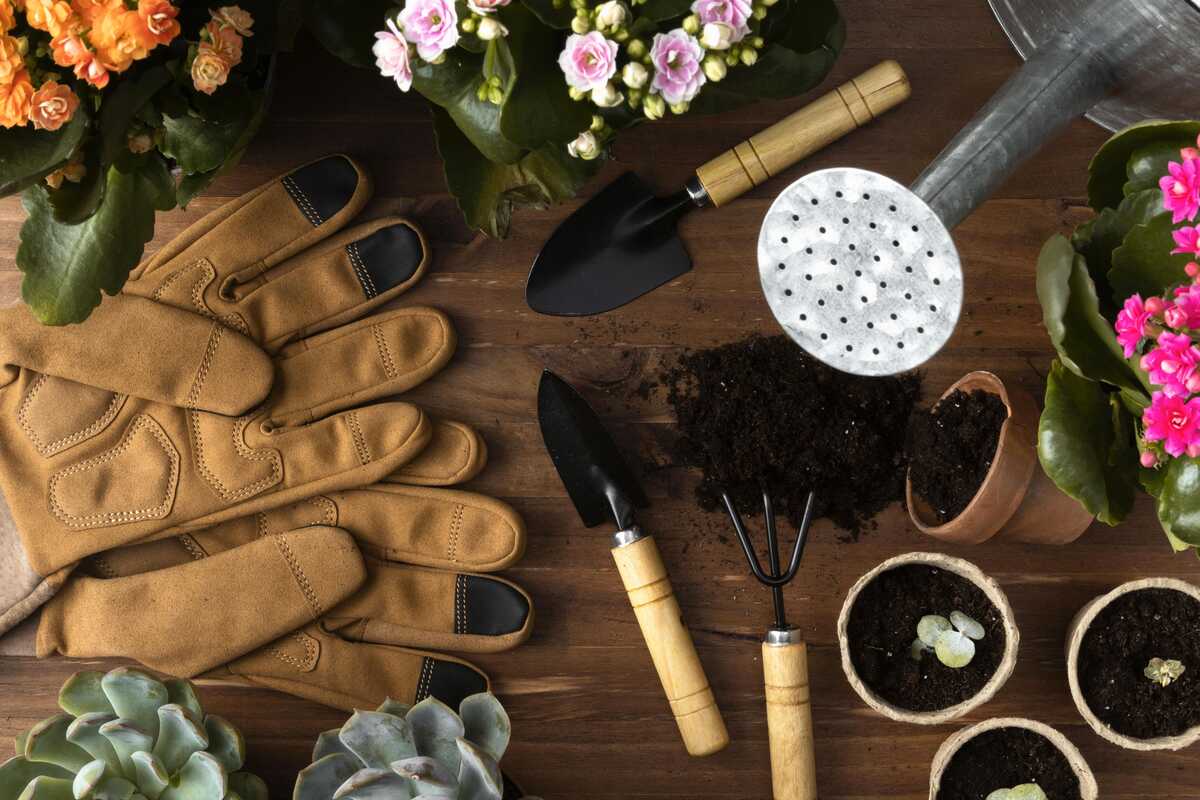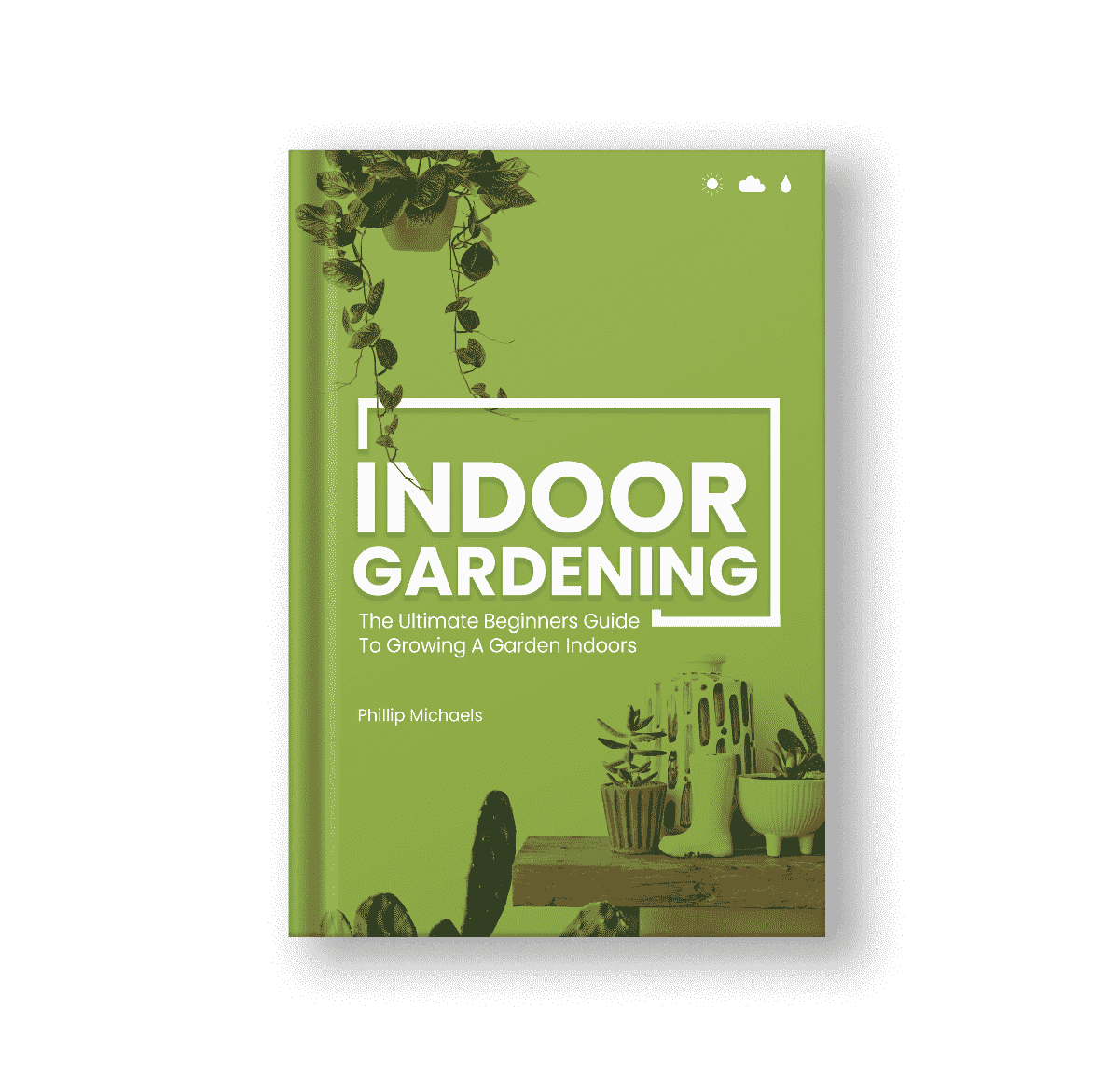Having a well-structured garden routine isn’t just about keeping things tidy, it’s about nurturing your green space in a way that’s sustainable, rewarding, and easy to manage. Whether you’re tending a lush, outdoor garden or caring for potted plants on your balcony, a routine helps your plants thrive and gives you clarity and peace of mind.
In this article, we’ll explore why a garden routine matters, the benefits it brings, how to build one, and finish with an easy-to-implement example routine you can start using today.
The Big Why: The Benefits of Having a Garden Routine
1. Consistency Beats Chaos
When you make a habit of showing up, like checking your plants every Monday and Thursday or doing a quick sweep each morning, you’re far more likely to catch small issues such as pests, week-old weeds, or dry soil before they become big problems. As explained in Growing In The Garden’s daily gardening tips, a few small daily actions keep your garden healthy and prevent overwhelm.
2. Reduced Stress, Increased Satisfaction
Regular gardening has been shown to improve both mental and physical well-being, it lowers stress, boosts mood, and even provides gentle exercise. The Mayo Clinic Health System notes that gardening helps people relax and connect with nature. Having a routine enhances those benefits, giving you structure and calm instead of chaos.
3. Better Plant health + Productivity
Plants thrive when cared for consistently. A routine ensures timely watering, pruning, and pest detection. According to PlantTagg’s guide to building a gardening routine, scheduling even short bursts of garden time, just 30 minutes a week, can dramatically improve plant health and your sense of accomplishment.
4. Makes Your Gardening Manageable
Without a plan, gardening can feel like a mountain of work. But by spreading tasks out into a predictable rhythm, your garden feels lighter, calmer, and more joyful to maintain. Think of how creating a to-do list makes getting work done far easier than a jumble of a dozen tasks; the same principle is at work here.
5. Helps you Plan and be Proactive
A good routine helps you anticipate your garden’s needs; when to fertilize, rotate crops, or prune back. That foresight keeps your plants thriving all year long and helps you avoid unpleasant surprises.
How to Build an Effective Garden Routine
Here are some easy to implement, practical steps to help you create a routine that fits your life.
Step 1: Define your Scope
- Is your garden mostly outdoor beds, containers, or indoor plants?
- How many plants do you manage?
- What are your biggest challenges—watering, weeds, pests?
- How much time can you realistically commit each day or week?
Answer each of these questions can help you narrow in on what’s going to give you the most value for your time and effort.
Step 2: Choose Your Rhythm
You might decide on:
- Daily quick check (5–10 minutes): water, inspect for pests, remove dead leaves.
- Weekly deeper dive (30 minutes): pruning, fertilizing, tidying up.
- Monthly or seasonal projects: replanting, soil enrichment, or cleanup.
This tiered approach, as highlighted in PlantTagg’s gardening routine breakdown, ensures steady progress without burnout.
Step 3: Set Time, Tools & Focus
Pick a consistent time (morning or evening), keep a small kit of essentials nearby, like gloves, pruning scissors, and a watering can, and decide what you’ll focus on each session. Remember, small, consistent steps tend to beat out sporadic batches of larger work.
Step 4: Record & Learn
Keeping a simple journal helps track watering, fertilizing, and plant growth. If you care for indoor plants, you might enjoy our beginner’s guide to creating an indoor garden, which offers tips for forming healthy indoor routines. Adjust your schedule as your collection or seasons change.
Step 5: Be Flexible and Forgiving
A routine should serve you, not the other way around. If you miss a day, no big deal. The goal is steady connection, not perfection. Even five minutes counts toward progress.
What You’ll Gain from Your Routine
By committing to a consistent routine, you’ll soon see:
- Fewer emergencies (root rot, weed takeovers, or plant collapse).
- Healthier, stronger plants with more blooms and growth.
- A calm, enjoyable rhythm to your days.
- A more vibrant, organized garden that rewards your care.
- Real satisfaction in watching your plants thrive through your steady effort.
Example Garden Routine: A Practical Template
Here’s a quick example you can copy, adapt, or tweak. It’s designed for a gardener with a mix of outdoor beds and container or indoor plants. Times are flexible, use what works best for your schedule, and never be afraid to tweak it to fit your schedule, plants, and goals.
Daily (5–10 minutes) – Ideal for morning or early evening
- Take a relaxed walk through your garden or plant area.
- Check soil moisture by feeling just beneath the surface.
- Water only where needed, especially containers.
- Watch for pests under leaves and stems.
- Remove any dead leaves or spent flowers.
- Indoors, make sure plants near windows aren’t getting drafts or harsh sunlight.
- Jot quick notes in your phone or notebook; what needed attention, what didn’t.
Weekly (30 minutes)—Pick one consistent day, like Saturday morning
- Prune and deadhead flowering plants.
- Check trellises, stakes, or supports.
- Fertilize lightly using a balanced mix. Note, this likely won’t be needed every week for most plants, but it’s still a good idea to keep track of it here.
- Refresh mulch or soil surface in outdoor beds.
- Rotate containers for even light.
- Wipe dust from indoor plant leaves to improve light absorption.
- Review your garden notes to see trends or recurring issues.
Monthly or Seasonal (1–2 hours)
- Test soil and add compost or amendments as needed.
- Rotate or replace seasonal plants.
- Clean tools and inspect hoses or irrigation for leaks.
- Plan ahead using climate zones to know when the best time to plant is in your area.
- Prepare covers for frost or shade for heat, depending on the season.
- Ensure that indoor plants are still getting proper amounts of light, especially into autumn and winter.
Final Thoughts
Creating a garden routine transforms gardening from a chore into a cherished ritual. It makes caring for nature a mindful, steady joy, and gives your plants the consistent care they need to flourish.
If you’d like to customize a garden routine for your unique mix of plants, time, and climate, start by noting what works best for you. A little planning goes a long way toward a thriving, stress-free garden. Happy gardening!







